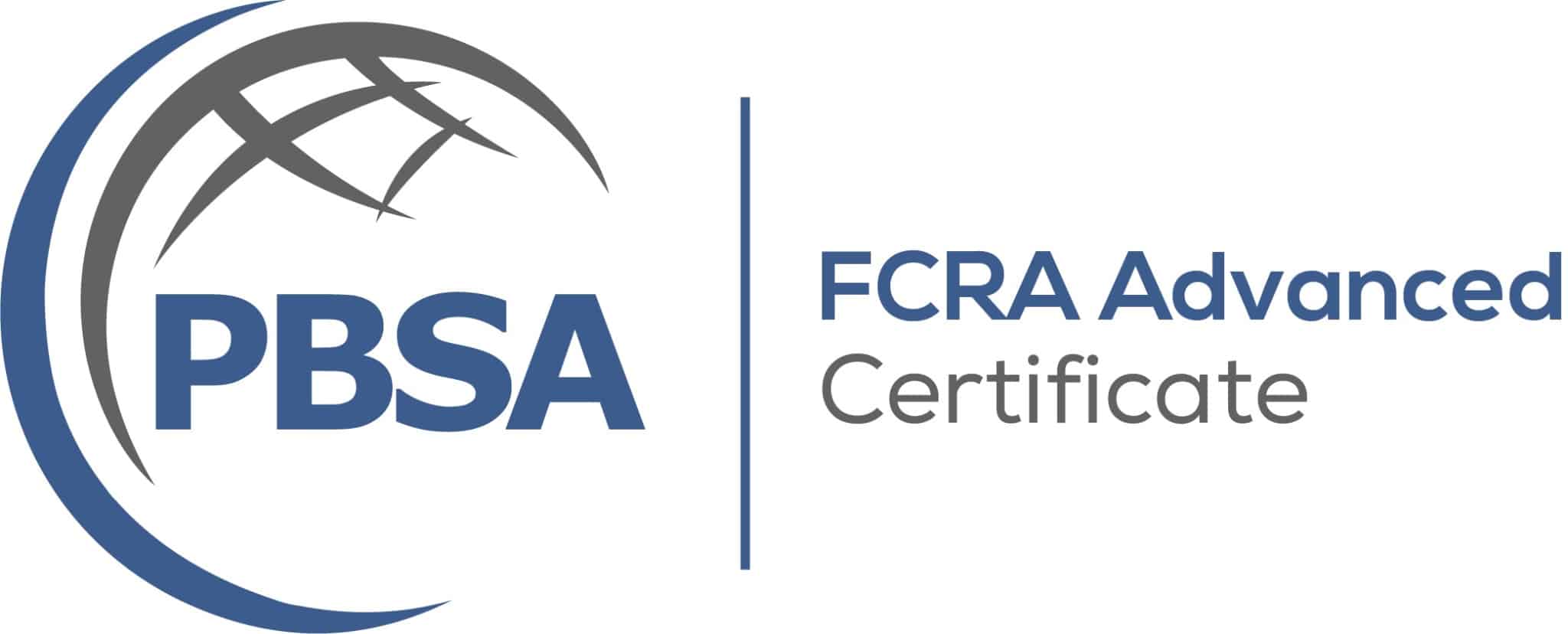Don’t Roll Risk into Q1: A Simple Year-End Background Check Process Checkup
Quick Summary
- Inventory your current packages and components. Cut duplicates, fill gaps.
- Map each package to job families (retail, manufacturing, professional, care, drivers, volunteers, international).
- Give recruiters a one-pager and lock default packages to job templates in your ATS.
- Track a few simple metrics: TAT, reorder rate, verification hit rate, disputes.
- Do a light compliance refresh: clean disclosure, current Summary of Rights, simple adverse action steps.
Takeaway: Start with role-to-package alignment, then tighten workflow and compliance so offers move faster with less risk.
Who This Is For
- HR generalists and hiring managers juggling hourly and professional roles.
- Multi-location or multi-state teams that want clear, simple package rules.
Takeaway: If recruiters are guessing which package to order, this guide is for you.
Step 1: Inventory Your Current Packages
- Common components: SSN trace, county/statewide criminal, national criminal, sex-offender, watchlists, employment and education verification, professional license, MVR, drug test, healthcare sanctions, credit (if job-related/permitted), DOT history.
- Highlight patterns: frequent reorders, missing documents, or low verification hit rates.
Takeaway: A clean “master list” exposes duplicates, gaps, and quick wins before you change anything else.
Step 2: Map Packages to Job Families
- Retail associates / cash-handling: Core criminal + watchlist; consider employment verification for shrink-sensitive roles; optional drug test. Retail employee screening
- Warehouse / manufacturing / safety-sensitive: Criminal + MVR (if operating vehicles/equipment), 5/10-panel drug test, employment verification. Manufacturing hiring background checks
- Professional services (finance, legal, client data): Criminal + education/pro license + employment verification; consider credit only where job-related and allowed.
- Caregivers / healthcare / youth-facing: Criminal + sex-offender + healthcare sanctions (OIG/GSA) + license verification; consider drug testing for safety culture.
- Drivers / delivery / DOT roles: MVR + DOT program as applicable + county/statewide criminal; verify DOT safety history for regulated positions.
- Volunteers / nonprofits: Scaled package: criminal + sex-offender; add verifications for board or treasurer roles.
- International candidates: Education/employment checks in country of study/work; add in-country criminal where available; set realistic TATs.
Takeaway: Match the risk of the role to the depth of the package so you screen enough—but not more than you need.
Step 3: Give Recruiters a One-Page Playbook
- For each job family: package name, components, price band, add-ons (MVR, drug, license, sanctions).
- Decision tree: Does the role drive? Is a license required? Access to money or PHI/PII?
- Common pitfalls: missing prior names or addresses, incomplete education info, license numbers.
- Set SLAs: when recruiters submit, when hiring managers review, initiating adverse action, and when to escalate.
Takeaway: A single page eliminates guesswork and cuts reorder delays.
Step 4: Tighten the Workflow in Your Background Screening Portal or HRIS
- Default packages by job template; lock down who can change them.
- Conditional logic for drivers, healthcare, finance, or DOT roles.
- Preload simple adjudication notes for sensitive roles and a handoff to HR for review.
- Standardize candidate messages and expected timelines.
- Enable alerts for stalled verifications or missing info.
Takeaway: Good defaults in your background screening portal are the fastest way to improve speed and consistency.
Step 5: Speed + Quality Metrics to Watch
- Average turnaround time (request to clear).
- Percent auto-clear vs. HR review.
- Criminal search hit rate. (This can impact pricing from your CRA if it goes to high.)
- Verification hit rate (employment/education).
- Dispute rate and top dispute categories.
Takeaway: Pick 3–5 metrics, set a baseline now, and review monthly so Q1 hiring stays on schedule.
Light Compliance Tune-Up (Keep It Simple)
- Use a clear, standalone disclosure and written authorization that has been reviewed by legal counsel.
- Run a quick adverse action drill: pre-adverse notice + report + current Summary of Rights; allow a reasonable review period; then final notice if the decision stands.
- Note role-specific rules: MVR, healthcare sanctions, and credit should be job-related and permitted in that jurisdiction.
- Retention and secure disposal: define how long you keep reports and who has access.
Takeaway: Document your compliance steps and location of forms and templates.
Multi-State Add-Ons & Edge Cases
- Driving roles may require DPPA-aware MVR workflows and special notices in some states.
- Fair-chance rules affect when you consider criminal history; time it with your conditional offer process.
- Finance or payments access may justify credit checks in certain jurisdictions; confirm job-relatedness.
- Healthcare and youth-facing roles should include OIG/GSA sanctions and sex-offender checks.
- International education/employment verification often extends TAT; set expectations upfront.
Takeaway: Standardize the core package and bolt on state or role-specific items only when needed.
Vendor & Package Hygiene
- Standardize package names so recruiters don’t guess (e.g., “Retail Core,” “Manufacturing Safety,” “Client-Data Pro”).
- Retire legacy look-alikes; keep one best version per job family.
- Ask your CRA for a quarterly utilization report with TAT and dispute trends.
- Confirm auto-county mapping from address history to avoid missed jurisdictions.
- Review candidate experience (mobile forms, status updates, clear dispute path).
- Make sure pricing aligns to the packages you use most.
Takeaway: Fewer, clearer packages + quarterly hygiene keeps cost and confusion down.
Training & Rollout Plan
- Host a 30-minute walkthrough; record it for new managers.
- Show the one-page playbook and Package screenshots.
- Practice the decision tree on two live reqs.
- Run a mock adverse action drill so managers know their role.
Takeaway: A short live session + one-pager beats a 20-page policy every time.
FAQ
Q: Which package should we use for hybrid client-facing roles?
A: Start with your Professional/Client-Data package (criminal + employment/education + license if applicable). Add additional searches only if job-related and permitted.
Q: When do we add MVR or drug testing?
A: Add MVR for any role operating vehicles or equipment. Use drug testing for safety-sensitive roles or where your policy requires it; document when it’s required vs. optional.
Q: Do volunteers need the same package as employees?
A: Not usually. A leaner package (criminal + sex-offender) is common for general volunteers. Add verifications or credit for fiduciary roles like treasurer or board finance chair.
Q: When is a credit check appropriate?
A: Only when it’s job-related (e.g., access to company funds or payment data) and allowed by state/local law. Keep usage narrow and consistent.
Q: How do we handle international education verification?
A: Collect full school names, countries, and dates upfront. Expect longer TATs and time-zone delays. Communicate timelines to hiring managers early.
Q: What if a recruiter picks the wrong package?
A: Track reorder rate by recruiter. Use your one-pager and Packages defaults to prevent repeat errors, and review edge cases in your 90-day follow-up.
Next Steps
Compliance Note
- Use a standalone disclosure and written authorization before requesting any consumer report.
- Follow a documented adverse action process with the current “Summary of Your Rights” and a reasonable review window.
- Keep role-specific checks job-related and permitted (e.g., credit, MVR, healthcare sanctions).
Internal links inserted: FCRA-compliant employment background checks → https://www.edifyscreening.com/general_business_background_checks/;
Retail employee screening → https://www.edifyscreening.com/retail-business_background-checks/;
Manufacturing hiring background checks → https://www.edifyscreening.com/manufacturing_background_checks/;
background check pricing → https://www.edifyscreening.com/background_check_pricing/
The resources provided here are for educational purposes only and do not constitute legal advice. We advise you to consult your own counsel if you have legal questions related to your specific practices and compliance with applicable laws.












